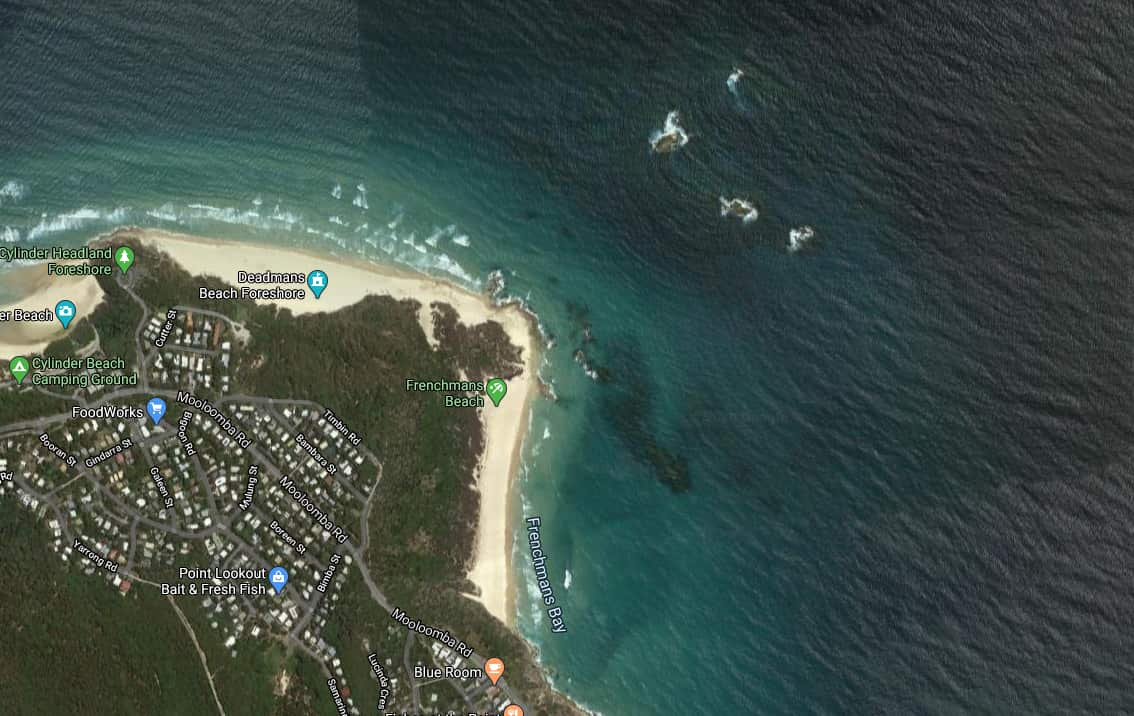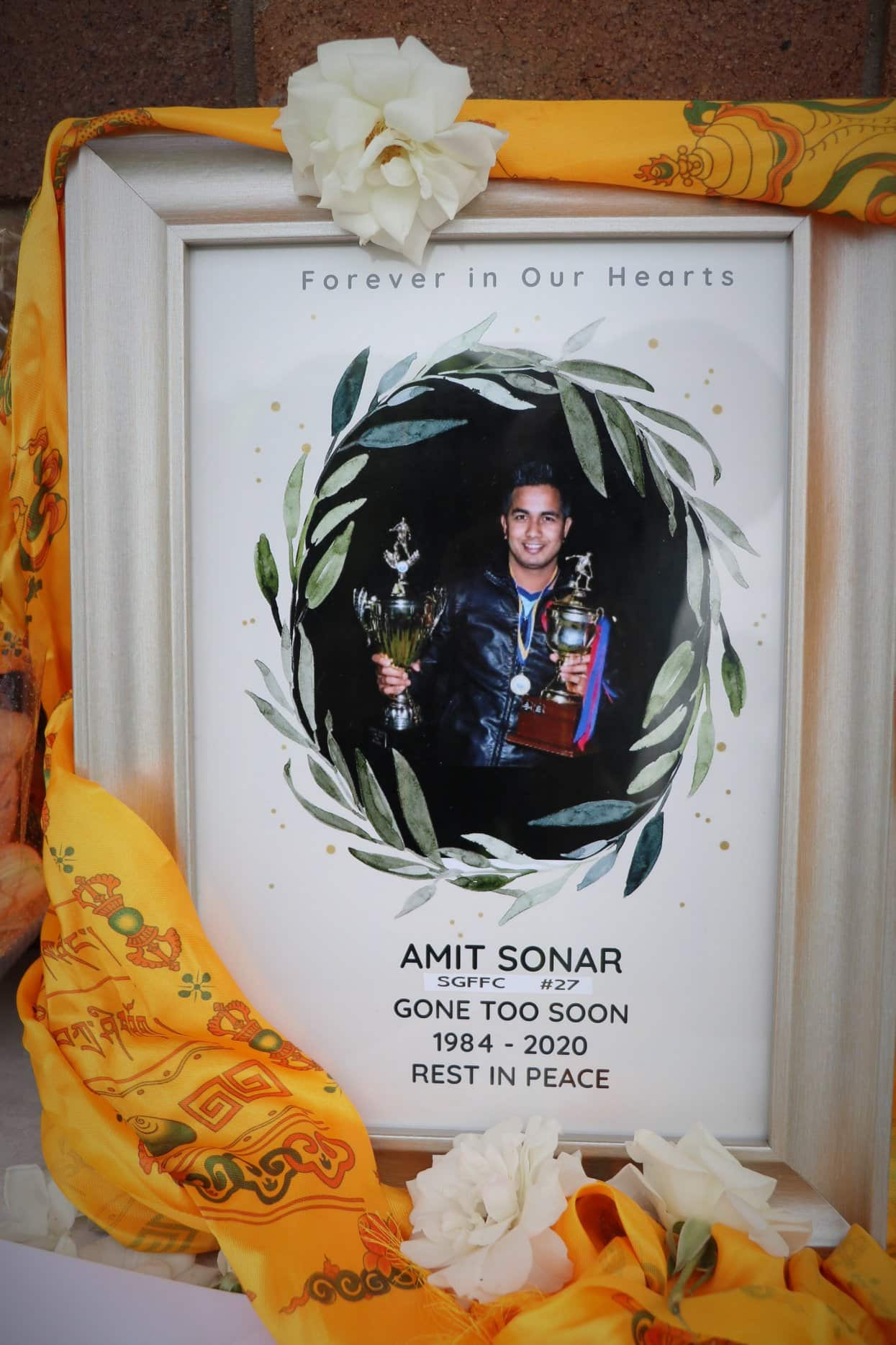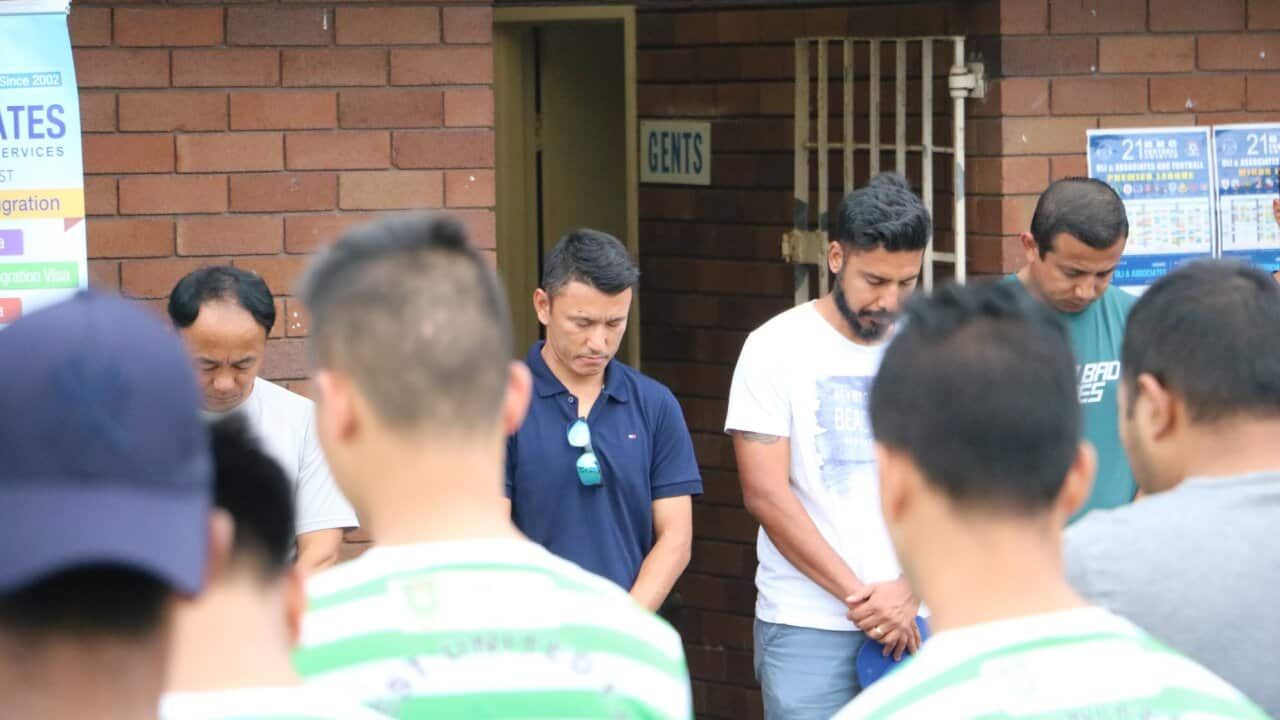On 4th March, Brisbane resident Nikit Shrestha was on a day out with three friends at Deadman’s beach in Queensland’s North Stradbroke Island, when they were swept underwater.
The 21-year-old IT student, who had arrived from Nepal just seven months ago, never resurfaced and 10 minutes later his lifeless body was found at nearby Frenchmans beach. Emergency services declared him dead at the scene.
Shrestha’s friends managed to climb back on the rocks of the unpatrolled beach at Point Lookout.

A Nepali student was declared dead at Frenchmans Beach at North Stradbroke Island in Queensland on 4 March 2020 Source: Google Maps
After a fund-raising drive by members of the local Nepali community, Shrestha’s body was repatriated on 20 March 2020.
Umesh Khadka from the Queensland chapter of a Nepali diaspora group, the Non-Resident Nepali Association Australia, coordinated the fundraising drive.
Mr Khadka says the incident has shocked the members of his community and is urging people to participate in water safety awareness campaigns.
Nikit Shrestha was the fifth Nepali man to drown in Australia within the first three months of 2020.
Less than a month earlier, Sydney’s Nepali community mourned the death of a 36- year-old compatriot, Amit Sonar, whose body was found at Wattamolla beach at NSW Royal National Park. 

Members of Sydney's Nepali community paid tribute to Amit Sonar Source: Gurkha Nepalese Community
In two other separate incidents, three more Nepalis in their 20s lost their lives in Australian waterways - in Sydney’s north and another in central west New South Wales.
Rishi Acharya is the general secretary for Nepalese Australian Association and is also a community advocate for drowning prevention.
Mr Acharya says he is filled with anxiety every time he hears news about drownings in the media.
“The first thing that comes to my mind is whether the person is of Nepali background and in recent years, this fear, in many cases, is turning into reality,” he says.
Drowning deaths in numbers
In addition to the five drowning fatalities so far in 2020, fourteen people born in Nepal lost their lives in waters across Australia between 2013 and 2019.
Among them twelve were male and two females, with majority of deceased aged between 18 -34 years.
This is according to the data provided by the Royal Life Saving Society - Australia, from the Royal Life Saving National Fatal Drowning Database.

Drowning deaths in Australia Source: AAP
“About 27 percent of total drowning deaths in Australia are of people who are born overseas. In the last few years, we’ve seen people who were born in Nepal emerge as a community at risk,” says Ms Pidgeon.
Majority of these drowning deaths occurred during swimming and recreational activities at the nation’s rivers and beaches.
“Particularly the ones from January this year, we’ve seen river related drowning deaths,” she says, citing media reports.
Like the wider Australian community, the majority of fatalities within the Nepali community are men.
“We know that alcohol is a factor in some of these drowning deaths. Alcohol can increase risk taking behaviour, can impact coordination and judgement.”
“Some of the Nepali drowning deaths were of people who were relatively new to Australia and poor swimming skills comes into play as well,” according to Stacey Pidgeon.
This is also something that frustrates Rishi Acharya from the Nepalese Australian Association. He says many of drowning deaths are preventable.
“The idea that ‘this won’t happen to me’ is very common among members of the community”, he says. 

Nepalis in Tamarama surf life saving club for water safety training. Source: VFM
Mandatory water safety education?
Mr Acharya is also concerned about the way safety campaigns are organised within the community and believes water safety programs need to be made mandatory for people before departing from Nepal or by educational providers in Australia.
According to him many people are not paying attention to water safety messages and related events usually see less than 50 people participate.
“With thousands of Nepali students coming to Australia every year, event organisers need to think of new and appropriate ways to deliver safety messages,” he says.
One of the key stakeholders in the water safety campaigns is the Embassy of Nepal in Canberra.

Nepal's Ambassador to Australia: Mahesh Raj Dahal Source: Facebook/ Embassy of Nepal
Among the recommendations made during the consultation was the requirement for a mandatory pre-departure orientation for students.
While no steps have been taken by the government of Nepal to implement any mandatory orientation for its students travelling to Australia, the country’s new Ambassador to Canberra, Mahesh Raj Dahal, says his government is actively looking at the issue.
Mr Dahal supports the idea of mandatory water safety awareness initiatives for people before they leave Nepal.
“We’ve been involved with various campaigns in Australia to keep our young students safe and Nepal government is also keen to take relevant steps,” he says.
Ambassador Dahal has also defended the low turnout among students at the water safety awareness events.
“It’s not possible to train all 50,000 students at the same time. So, we must rely on “word of mouth” promotion, where the people who attend such events spread the safety messages.”
Getting such messages down to the right people is the key for any communication campaigns.
The way to do this is by ensuring the messages are worded in way that people notice says Stacey Pidgeon from Royal Life Saving Society – Australia.
She gives an example about “looking after your mates around water.”
“Rather than saying, ‘you can’t do this’, it’s about getting the message out about keeping your friends and family safe around water,” says Ms Pidgeon. 

Beach safety awareness program organised in Melbourne's Altona Beach for the local Nepali community. Source: आभास पराजुली/एसबीएस
Participating in swimming programs
She is also urging international students to take up water safety and swimming programs run by various universities and drowning prevention organisations across Australia.
In Sydney, University of New South Wales is one such university providing an eight week learn to swim program for international students.
Currently there is one student from Nepal enrolled in the course.
In partnership with YMCA – NSW and the university’s health services, the program started in 2018 as a response to the national drowning report released by Royal Life Saving – Australia.
Simon Mullard is the Aquatic Specialist for Y NSW and he says the hour-long swimming lessons helps international students begin their aquatic journey.
“We’re not going to be able to teach them everything, but we hope to empower them with enough skills where they can practice themselves after those eight weeks,” he says.
The skills taught include standing in shallow water, floating and propelling through the water. 

UNSW is one of the universities providing swimming lessons for international students. Source: Supplied
Belinda Meggitt is the team lead at UNSW’s health promotion unit. She says the students that participate in the swimming program range from first year undergraduate to postgraduate students.
Currently there is one student from Nepal enrolled in the course.
Ms Meggitt says water safety culture is an important part of the Australian experience.
“It’s one way that we can protect international students,” she explains.
Simon Mullard agrees forcing someone to learn how to swim may not be useful.
“The reason why adults are usually such a treat to teach is because they want to be there.”
Finally, some safety tips from Stacey Pidgeon from Royal Life Saving Society – Australia:
Know your limits, no alcohol around water, be aware that water and depth conditions can change very quickly and always supervise children around water.
More safety tips:

Settlement Guide: 6 ways to stay safe at the beach in Australia




